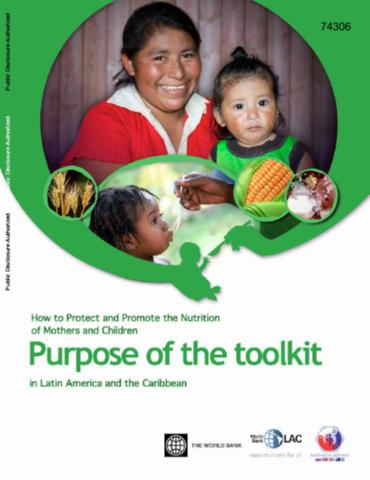Potential to expand sustainable bioenergy from sugarcane in southern Africa
The Cane Resources Network for Southern Africa evaluated how bioenergy from sugarcane can support sustainable development and improve global competitiveness in the region. The assessment of six countries with good contemporary potential for expanding sugarcane cultivation described in this paper was part of their analysis. Its principal objective was to identify land where such production will not have detrimental environmental and/or socio-economic impacts.



